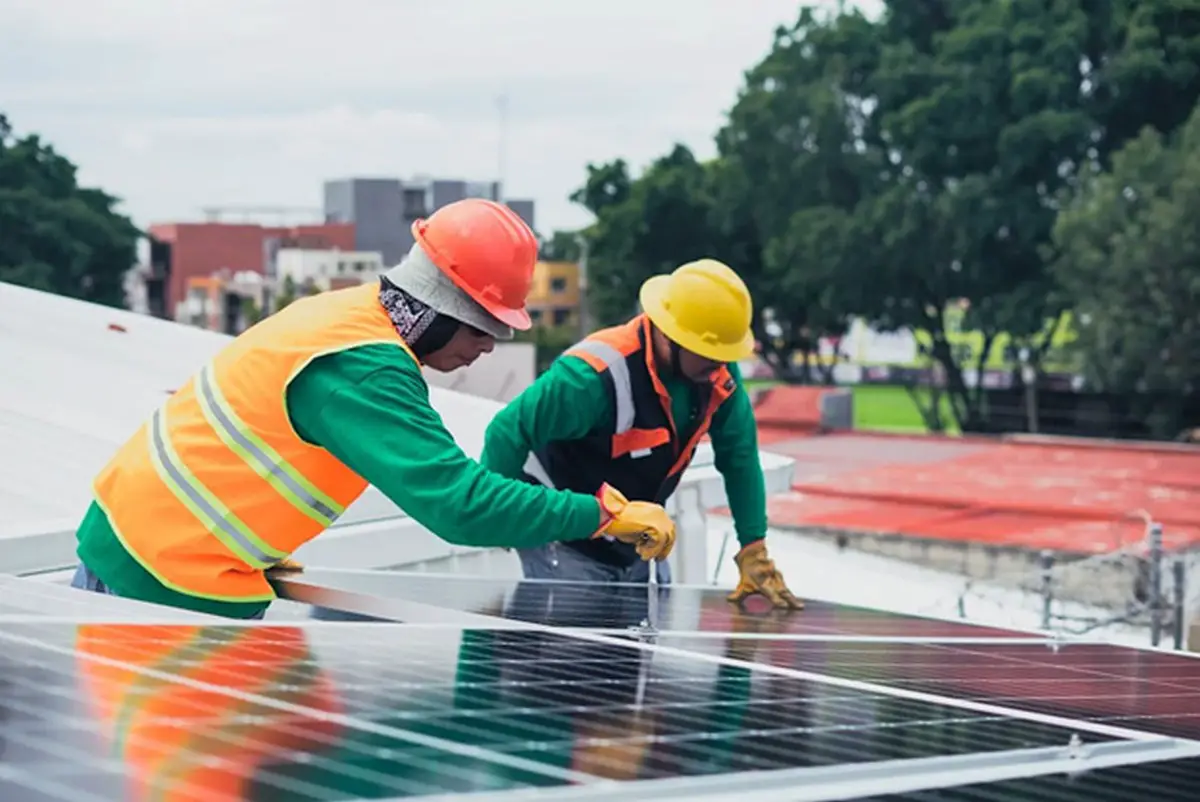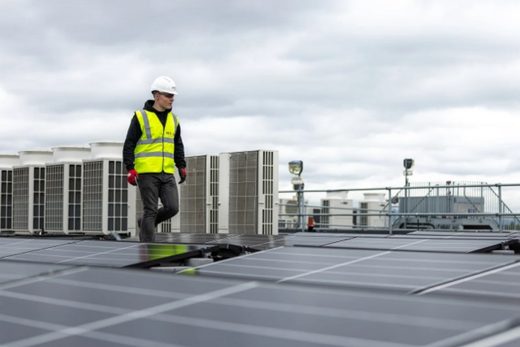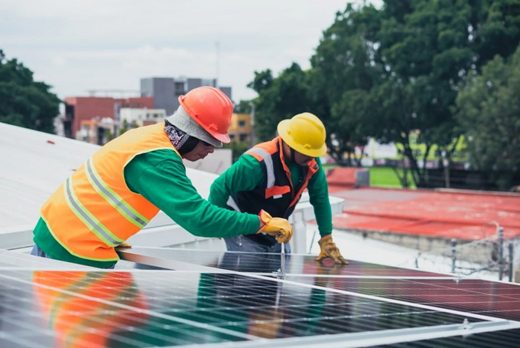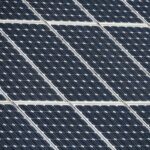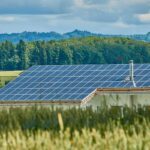Converting solar energy with precision guide, Inverter excellence, Home power technology advice
Converting Solar Energy with Precision – Inverter Excellence
5 May 2024
In the quest to harness the sun’s boundless energy efficiently, inverters stand as the unsung heroes of solar technology. With the global push towards sustainable energy sources, understanding the intricacies of solar inverters is more important than ever. This blog aims to shed light on how these sophisticated gadgets work tirelessly behind the scenes, optimizing energy conversion and contributing significantly to the green energy revolution. Join us as we dive into the world of solar inverters, where innovation meets environmental stewardship.
Efficiency and Performance
At the core of any solar energy system, the inverter’s efficiency and performance dictate the overall effectiveness of converting sunlight into usable electricity. Solar inverters are tasked with converting the direct current (DC) generated by solar panels into alternating current (AC), the form of electricity that powers homes and businesses. The team behind Sofar inverter says that efficiency is measured by how well they can perform this conversion with minimal energy loss. High-performing inverters are adept at maximizing the power output from the solar array, ensuring that users get the most out of their investment in solar technology.
Modern inverters come equipped with sophisticated software to optimize energy harvest throughout the day, reacting to changes in sunlight and shade dynamically. This results in not only increased immediate energy output but also contributes to the long-term reliability and sustainability of solar power systems.
Monitoring and Maintenance
An essential aspect of maximizing the efficiency and lifespan of a solar inverter is through diligent monitoring and maintenance. Advanced solar inverters feature integrated monitoring systems that provide real-time data on the system’s performance. This information allows homeowners and businesses to detect any inefficiencies or malfunctions early, ensuring that the system operates at its optimal capacity.
Routine maintenance, facilitated by these monitoring tools, includes checking for any physical damage, ensuring the inverter is clean and free from obstructions, and updating the inverter’s software to the latest version. By regularly monitoring and maintaining the solar inverter, users can prevent potential issues from escalating into costly repairs, keeping the solar energy system running smoothly and efficiently over its expected lifespan.
Grid-Tied vs. Off-Grid Systems
When considering solar energy systems, a pivotal decision is whether to adopt a grid-tied or off-grid system, each with distinct advantages and operational methodologies. Grid-tied solar systems are connected to the public electricity grid and can feed excess energy back into the grid through net metering, effectively crediting the homeowner for the surplus generated electricity. This connectivity ensures a continuous power supply, as the grid can provide electricity when solar production is insufficient, such as during nighttime or overcast days.
Conversely, off-grid solar systems operate independently of the public electricity grid, necessitating a more comprehensive setup that includes solar batteries for energy storage. This system is ideal for remote locations where grid connectivity is either unavailable or prohibitively expensive. Off-grid systems provide the ultimate independence in energy production but require careful planning to ensure the system is sized correctly to meet all energy needs, alongside a significant initial investment in storage capacity to maintain power availability during periods without sunlight.
Inverter Features and Technologies
The evolution of inverter technology has introduced a variety of features aimed at enhancing the efficiency and functionality of solar energy systems. Key among these advancements are Maximum PowerPoint Tracking (MPPT) and hybrid inverter technology.
Maximum Power Point Tracking (MPPT) is a sophisticated technology that allows inverters to adjust the electrical operating point of the solar panels to ensure they deliver the maximum power available. This is particularly beneficial under varying sunlight conditions, as it helps in optimizing the amount of solar power converted to usable electricity, regardless of weather fluctuations.
On the other hand, hybrid inverter technology merges the functionality of traditional solar inverters with a battery charger, allowing for the direct storing of excess energy in batteries for later use. This is especially useful for off-grid systems or grid-tied systems with battery backup, providing energy security and independence by ensuring electricity availability even during power outages or at night.
Additionally, modern solar inverters are equipped with smart connectivity features, such as Wi-Fi or Bluetooth for remote monitoring and control. This enables users to track their system’s output and efficiency through smartphone apps or web platforms, offering insights into performance and the health of the solar installation.
Converting Solar Energy with Precision Summary
Solar inverters play a crucial role in the successful integration of solar energy into our daily lives, enabling us to harness the sun’s clean and renewable energy with precision and efficiency. With ongoing advancements in technology and increasing global demand for sustainable energy sources, it is safe to say that the future of solar inverters is bright as they continue to drive the green energy revolution forward.
Comments on this guide to Inverter Excellence: Converting Solar Energy with Precision article are welcome.
Solar Panels Articles
Solar Panels Posts
Before Installing Solar Panels
Types of roofing for solar panel installation
Building Articles
Residential Architecture
Comments / photos for the Inverter Excellence: Converting Solar Energy with Precision page welcome

